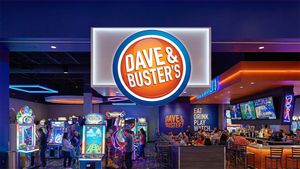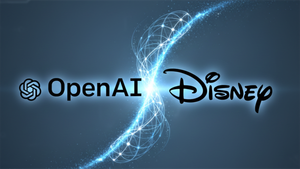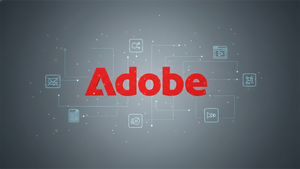Home Equity Line of Credit vs. Personal Line of Credit
NEW YORK, February 3, 2023 (Newswire.com) - iQuanti: When you need a substantial amount of money for a household renovation or a new business venture but don't want to take out a lump sum loan, where can you turn? Many borrowers will turn to either a home equity line of credit or a personal line of credit loan. In this post, we'll get to know both options and explore which one may be a better fit.
What is a home equity line of credit?
A home equity line of credit (HELOC) is a revolving loan where the applicant borrows against the equity or value of their home. Home equity loans work very similarly to credit cards. After the lender opens the line of credit, the borrower may draw as little or as much of it as needed. The borrower will then have to repay the principal plus interest on any draws. HELOCs are secured loans where your house is used as collateral. This means that if you can't repay the loan, the lender may seize your house.
What is a personal line of credit?
A personal line of credit is also a revolving credit line that allows the borrower to draw funds up to a predetermined limit. However, unlike a HELOC, this loan is unsecured, meaning there's no collateral. The lender will approve you for this loan based on other qualifications, such as your credit score and income.
Differences between a HELOC and a personal line of credit
Although both types of credit lines are essentially flexible loans that can be used as much as the borrower needs, there are some notable differences:
1. Applicant qualifications
HELOCs will often be easier to apply for than personal lines of credit because you're offering collateral. Applicants who have higher credit scores and better financial resources can apply for an unsecured loan and avoid risking their homes. But even if you have poor credit, several lenders also offer personal lines of credit with less strict credit score requirements.
2. Interest rate
HELOCs offer some of the lowest interest rates on the market. However, this is again due to offering collateral. You can expect that a personal line of credit may carry a higher interest rate since the lender has nothing to secure the loan.
3. Credit limit
The limit for a personal line of credit is at the discretion of the lender. Based on your qualifications, you could potentially get a credit line as high as $100,000. By contrast, the limit for a HELOC may be higher or lower than an unsecured loan. It will completely depend on the value of your house and how much equity you have in it.
For instance, if your home is currently worth $300,000 and you've paid $100,000 of the loan, then you still owe $200,000. Many lenders limit the HELOC to 85 percent of the loan to value, so the upper limit of your credit line will be ($300,000 x 0.85) - $200,000 = $55,000.
4. Cost
Many HELOCs are low-cost and don't charge any fees, but personal lines of credit usually charge an annual maintenance fee. They may also impose a small fee each time you make a withdrawal.
The bottom line
Both HELOC and personal lines of credit can give you instant access to substantial amounts of funding. However, one requires using your home as collateral, while the other is unsecured. Consider the pros and cons of each, and choose the one that fits with your financial situation.
Contact Information:Keyonda Goosby
Public Relations Specialist
keyonda.goosby@iquanti.com
(201) 633-2125
Original Source: Home Equity Line of Credit vs. Personal Line of Credit
More News
View More




Recent Quotes
View More
Quotes delayed at least 20 minutes.
By accessing this page, you agree to the Privacy Policy and Terms Of Service.